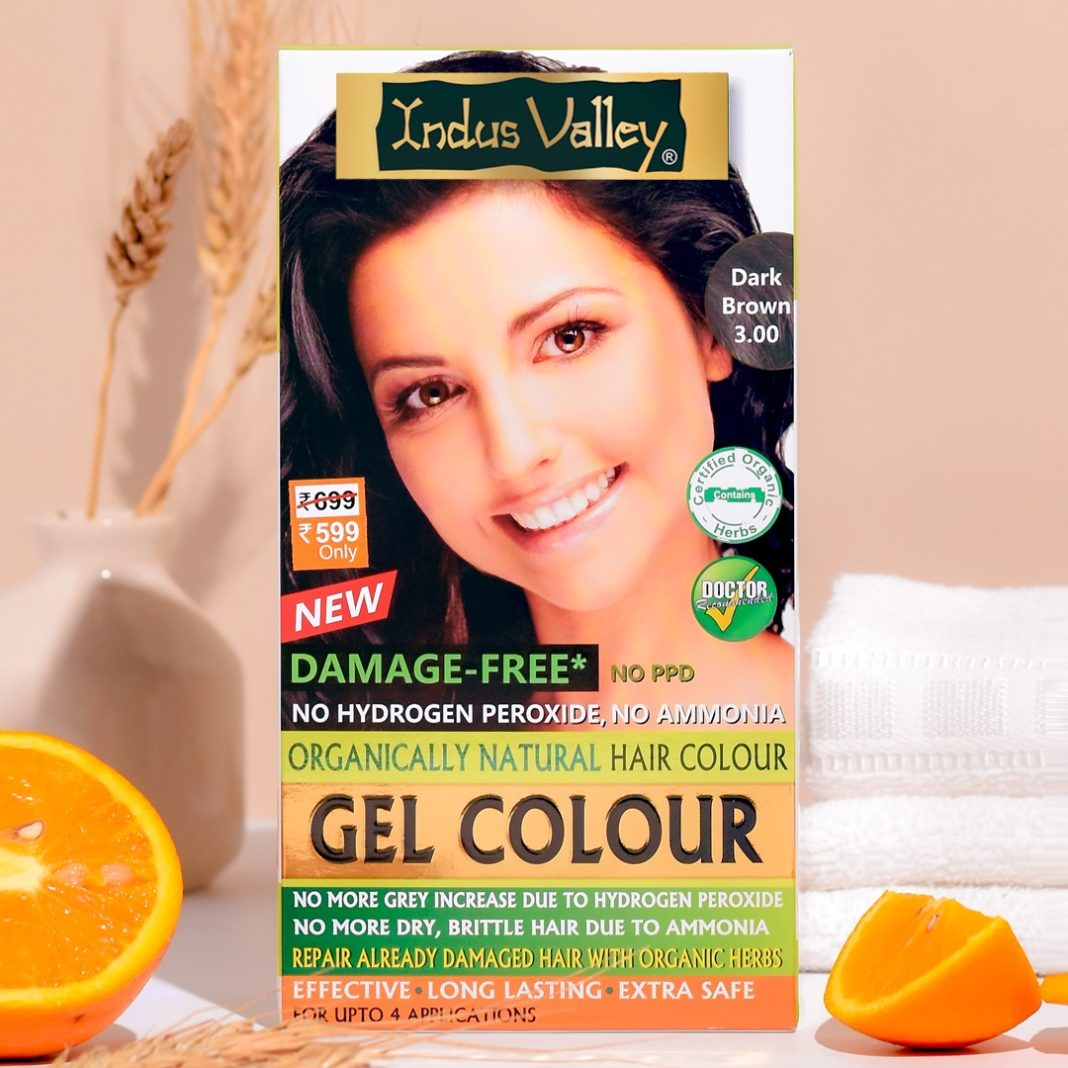Everyone has heard terrifying tales of hair dye damage, including symptoms of damage like breaking and dryness.
But how can hair colour improve the appearance of your hair if it is so unhealthy for you? Here are some important facts concerning the relationship between hair dye and hair health.
What should I know about hair damage from hair colour?
Approximately 95% of a dry hair strand is made up of proteins. These proteins function like the shingles on a house, shielding the strand below from
- moisture
- heat
- Sunlight’s UV rays
These protective proteins lift when bleach or permanent or demi-permanent hair dye is applied, triggering a chemical process that enables chemicals to permeate the hair strand. The chemical composition of the hair is changed there by the hair coloring. A shift in color is the outcome.
Temporary or semi-permanent hair dyes are produced using a different method than permanent or demi-permanent hair dyes. Although temporary dyes leave color on your hair, they typically do not penetrate deeper layers (though they can still damage your hair). This holds true for non-traditional hair dyes like coffee, carrot juice, and Kool-Aid.
Permanent and demi-permanent hair coloring can have a number of negative side effects, including:
- Decrease in hair strength
- Reduced thickness of hair
- Increased hair follicle roughness
In light of this, the hair is naturally altered during the dyeing process. Your hair structure will determine both the immediate and long-term impacts of this.
Dyeing your hair can exacerbate weak or thin hair that is already present. Because it might take longer for the dye to “lift” the hair proteins and because it might need more applications, thick hair can also experience dyeing-related side effects.
What substances should I avoid using?
The following list of substances includes several that are frequently used in hair coloring.
Bleach
The pigments that give hair its color are changed by bleaching. Bleaching may have an impact on: according to a 2020 study.
- Hair durability
- Moisture
- The ability of hair to endure heat
The pH (or acidity) of your hair and the pH of the surroundings can both have an impact
Hydrogen peroxide-containing hair dye is typically used to bleach hair. A substance that oxidizes is hydrogen peroxide. This indicates that while the oxidizing process does damage, it also activates the hair color.
Does the colour of the dye matter—light or dark?
The more bleach you use to lighten your hair, the more harm it will sustain.
According to a 2019 study that employed microscope equipment to examine different bleaching levels, prolonged bleaching, particularly the kind required to transform black hair into lighter hair, causes the most harm to hair fibers. For this reason, many hair coloring experts advise against drastically whitening the hair all at once.
Because you are still altering the structure of the hair, going from lighter to darker isn’t necessarily less harmful. Additionally, darker-dyed hair needs to be taken care of.
Hair dye allergy symptoms
Rarely, severe allergic reactions to hair dye can occur.
Early signs of allergic reactions include swollen lips and eyes. If, after using hair dye, you begin to have breathing issues, get emergency medical help.
Before dying all of the hair, it is possible to “patch test” the hair dye on a small section of the scalp. It’s important to remember that not everyone who is allergic to hair dye will also be allergic to a patch test.
What to remember
Hair damage can result from hair coloring. When feasible, damage can be reduced by using hair-friendly procedures including reducing the use of heat and moisturizing the hair. By dying your hair a shade closer to its natural hair colour, you can reduce the amount of time you spend with hair dyes and the harm they cause.
Consult a stylist about dyes with conditioners or other techniques to maintain your hair looking and feeling healthy if you’re worried about its health.
Read More : How Sports Medicine & Physical Therapy Combine for a Faster Recovery










